Filter by
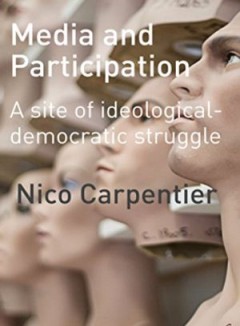
Media and Participation A site of ideological-democratic struggle
Participation has become fashionable again, but at the same time it has always played a crucial role in our contemporary societies, and it has been omnipresent in a surprisingly large number of societal fields. In the case of the media sphere, the present-day media conjuncture is now considered to be the most participatory ever, but media participation has had a long and intense history. To dea…
- Edition
- -
- ISBN/ISSN
- 9781841504070
- Collation
- -
- Series Title
- -
- Call Number
- -

The Believer and the Modern Study of the Bible
"The essays in this volume address the conundrum of how Jewish believers in the divine character of the Sinaitic revelation confront the essential questions raised by academic biblical studies. The first part is an anthology of rabbinic sources, from the medieval period to the present, treating questions that reflect a critical awareness of the Bible. The second part is a series of twenty-one e…
- Edition
- -
- ISBN/ISSN
- 9781618119520
- Collation
- -
- Series Title
- -
- Call Number
- 221.601 BEL
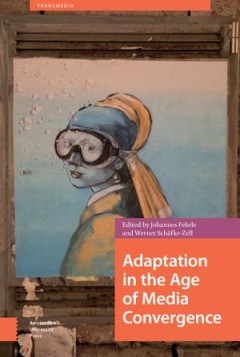
Adaptation in the Age of Media Convergence
This collection considers new phenomena emerging in a convergence environment from the perspective of adaptation studies. The contributions take the most prominent methods within the field to offer reconsiderations of theoretical concepts and practices in participatory culture, transmedia franchises, and new media adaptations. The authors discuss phenomena ranging from mash-ups of novels and Yo…
- Edition
- -
- ISBN/ISSN
- 9789462983663
- Collation
- -
- Series Title
- -
- Call Number
- -
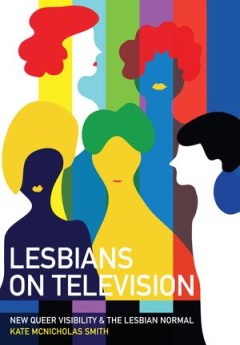
Lesbians on Television: New Queer Visibility & the Lesbian Normal
The twenty-first century has seen LGBTQ+ rights emerge at the forefront of public discourse and national politics in ways that would once have been hard to imagine. Focusing on the small screens of Europe and North America, "Lesbians on Television" maps the contemporary shifts in lesbian visibility within popular media and, from this, extracts a figure of the new 'lesbian normal' that both help…
- Edition
- -
- ISBN/ISSN
- 9781789382815
- Collation
- -
- Series Title
- -
- Call Number
- 30223034 SMI l

Postdramatic Dramaturgies: Resonances between Asia and Europe
This book compiles lectures by the world's leading practitioners of postdramatic theatre from East Asia and the German-speaking world, which were given at Asia's only dramaturgy degree program at The Central Academy of Drama in Beijing 2018/19. It includes first-time English-language scripts of the discussed plays. The material is complemented by contextualizing essays by the program founder Li…
- Edition
- -
- ISBN/ISSN
- 9783839459973
- Collation
- -
- Series Title
- -
- Call Number
- 792 POS p
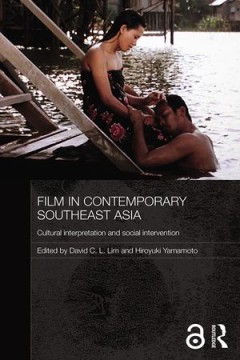
Film in Contemporary Southeast Asia: Cultural Interpretation and Social Inter…
This book discusses contemporary film in all the main countries of Southeast Asia, and the social practices and ideologies which films either represent or oppose. It shows how film acquires signification through cultural interpretation, and how film also serves as a site of contestations between social and political agents seeking to promote, challenge, or erase certain meanings, messages or id…
- Edition
- -
- ISBN/ISSN
- 9781136592478
- Collation
- -
- Series Title
- -
- Call Number
- 791.43 FIL f

British Dance: Black Routes
British Dance, Black Routes is an outstanding collection of writings which re-reads the achievements of Black British dance artists, and places them within a broad historical, cultural and artistic context. Until now discussion of choreography by Black dance practitioners has been dominated by the work of African-American artists, facilitated by the civil rights movement. But the work produced …
- Edition
- -
- ISBN/ISSN
- 9781317429593
- Collation
- -
- Series Title
- -
- Call Number
- 792.8 BRI b

Black and Asian Theatre in Britain: A History
Black and Asian Theatre in Britain is an unprecedented study tracing the history of ‘the Other’ through the ages in British theatre. The diverse and often contradictory aspects of this history are expertly drawn together to provide a detailed background to the work of African, Asian, and Caribbean diasporic companies and practitioners.Colin Chambers examines early forms of blackface and oth…
- Edition
- -
- ISBN/ISSN
- 9781134216901
- Collation
- -
- Series Title
- -
- Call Number
- 792 CHA b
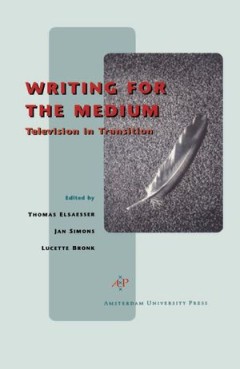
Writing for the Medium: Television in transition
This collection of essays, by well known writers on the subject of writing for television, is divided into three sections, with the first one devoted to the debates on quality television. The second one focuses on literature and television. The final section examines 'Science on television', with series editors from Britain and Germany giving first-hand accounts of the scope for serious science…
- Edition
- -
- ISBN/ISSN
- 9789053560549
- Collation
- -
- Series Title
- -
- Call Number
- 791.45 ELS w
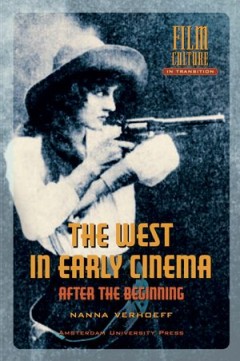
The West in Early Cinema: After the Beginning
Verhoeff investigates the emergence of the western genre, made in the first two decades of cinema (1895-1915). By analyzing many unknown and forgotten films from international archives she traces the relationships between films about the American West, their surrounding films, and other popular media such as photography, painting, (pulp) literature, Wild West Shows and popular ethnography. Thro…
- Edition
- -
- ISBN/ISSN
- 9789053568316
- Collation
- -
- Series Title
- -
- Call Number
- 791.43 VER w
 Computer Science, Information & General Works
Computer Science, Information & General Works  Philosophy & Psychology
Philosophy & Psychology  Religion
Religion  Social Sciences
Social Sciences  Language
Language  Pure Science
Pure Science  Applied Sciences
Applied Sciences  Art & Recreation
Art & Recreation  Literature
Literature  History & Geography
History & Geography